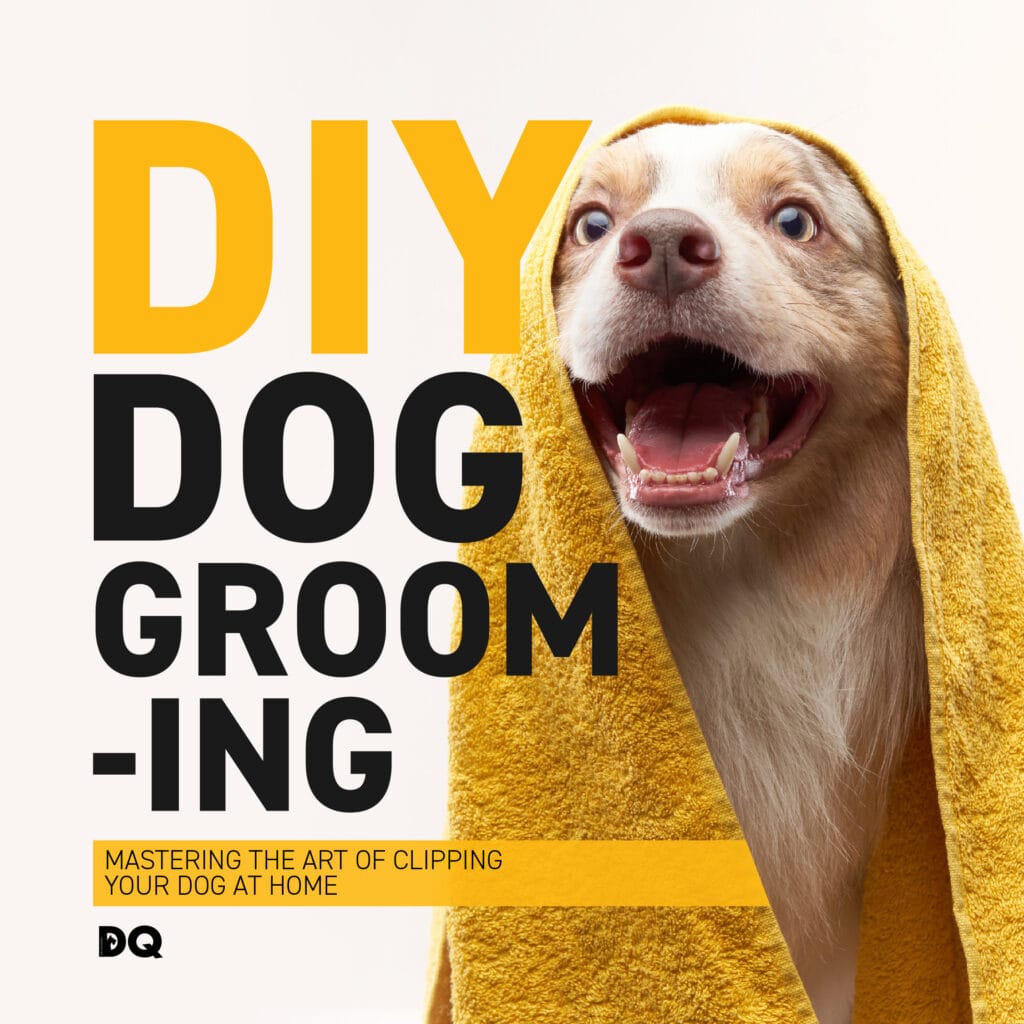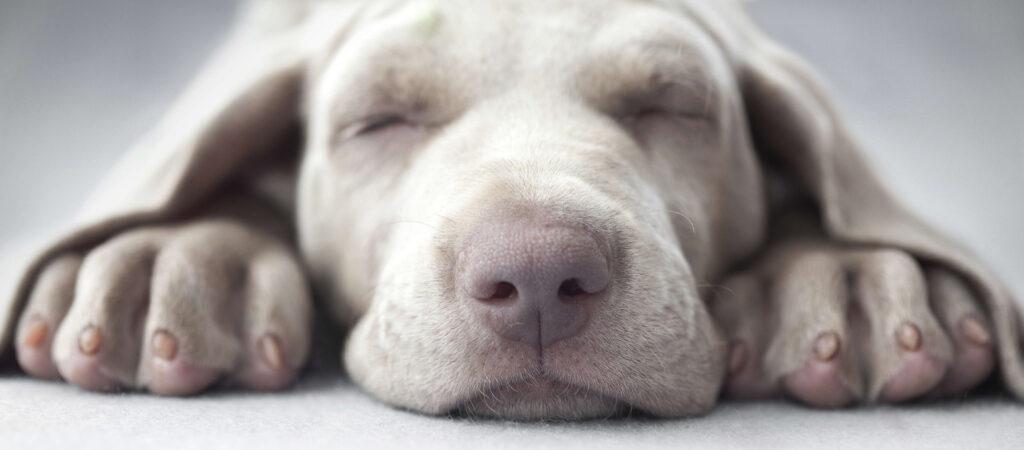Grooming your dog is not just about keeping them looking good—it’s also essential for their health and well-being. While many owners opt for professional groomers, learning to clip your dog at home can be a rewarding experience, offering a great way to bond with your pet and save money. Here’s a comprehensive guide on how to safely and effectively clip your dog, ensuring a pleasant experience for both you and your furry friend.
Why clip your dog?
Regular clipping is crucial for maintaining your dog’s coat, skin health, and overall comfort. It helps prevent matting, reduces shedding, and can keep your dog cooler during warm months. Moreover, regular grooming sessions are an excellent opportunity to check for any signs of skin issues, lumps, or parasites.

What you’ll need
- Dog clippers: Invest in a high-quality pair of clippers designed for dogs. These are specifically made to handle the thickness and type of canine fur.
- Variety of blades and guards: Different coats require different blades and guards, so make sure you have the right tools for your dog’s specific coat type.
- Grooming scissors: For trimming around sensitive areas like the face, ears, and paws.
- Brush and comb: To detangle the coat before clipping.
- Dog shampoo and conditioner: For bathing your dog before the clipping session.
- Towels: For drying your dog pre-clip.
- Styptic powder: To stop bleeding in case you accidentally nick your dog.
- Treats: To reward your dog and make the experience positive.
Preparing your dog
- Bathing: Always start with a clean dog. Bathe your dog using suitable shampoo and conditioner, then dry thoroughly.
- Brushing: Detangle your dog’s coat with a brush or comb. This makes clipping easier and more comfortable for your dog.
- Comfort: Ensure your dog is comfortable and relaxed. Choose a quiet, familiar place for grooming and keep the atmosphere calm.
Clipping techniques
- Start slow: Let your dog get used to the sound and vibration of the clippers before you begin. Hold the clippers against the body without moving them to acclimate your dog.
- Go with the grain: Clip in the direction of hair growth to prevent irritation and achieve a smoother look.
- Be gentle: Use a light hand, and don’t press the clippers too hard against the skin.
- Sensitive areas: Be extra cautious around the face, ears, and paws. Use grooming scissors for any areas that are too tight for clippers.
- Regular breaks: Give your dog (and yourself) short breaks during the session to prevent anxiety and keep the experience positive.

Clipper maintenance
Caring for dog clippers properly is crucial to ensure they continue to work effectively and safely for grooming your pet. Good maintenance prevents pulling and snagging of the fur and extends the life of your clippers. Here are some key steps to keep your dog clippers in top condition:
- Clean regularly
After each use, it’s important to clean your clippers. Remove hair and debris from the blades and body using a soft brush (usually provided with the clippers). For a more thorough clean:
– Use a toothbrush or small brush to clean out hair trapped between the blades.
– If the blades are detachable, remove them and use the brush to clean the area underneath.
- Lubricate the blades
Clippers should be oiled before and after each grooming session to keep them running smoothly and to prevent the blades from dulling:
– Place a few drops of clipper oil (specifically designed for this purpose) on the blade’s edges where they meet the clipper body.
– Turn on the clippers for a few seconds to allow the oil to distribute evenly.
- Check for damage
Regularly inspect your clippers for any signs of wear or damage:
– Look for nicks or dullness in the blades which can pull hair and cause discomfort to your dog.
– Ensure that the power cord (if applicable) is intact and not fraying.
– Check for any loose screws or parts that may need tightening or replacing.
- Store properly
When not in use, store your clippers in a dry place to prevent rust and corrosion:
– A case or a sturdy container will protect them from physical damage and keep them away from dust.
– Avoid storing them in bathrooms or other humid areas.
- Avoid overheating
Clippers can get hot during use, which can burn your dog’s skin:
– Turn off the clippers periodically during prolonged grooming sessions to let them cool down.
– You can also use a product like clipper coolant spray to quickly reduce heat and lubricate the blades.
- Sharpen the blades
Depending on how frequently you use the clippers, the blades may need to be sharpened:
– Professional sharpening is recommended because the alignment and sharpness are crucial for effective cutting.
– Consider having a second set of blades so that you can continue grooming while the other set is being sharpened.
- Replace blades when necessary
Even with good care, blades will eventually wear out:
– Replace blades that are too dull or damaged to be sharpened, as they can pull hair painfully and cut inefficiently.
Proper maintenance not only prolongs the life of your dog clippers but also ensures a safer and more comfortable grooming experience for your dog. By following these care tips, you can keep your grooming sessions smooth and efficient, reducing stress for both you and your pet.
Aftercare
- Check the skin: Look for any signs of irritation or missed spots. Apply a dog-safe moisturiser if the skin looks dry.
- Clean the equipment: Clean and oil your clippers and scissors after each use to keep them in good condition.
- Reward: Always end the grooming session with plenty of praise and a few treats to help your dog associate grooming with positive outcomes.
Styles of clip
There are various clip styles for dogs, tailored to the specific breed, coat type, and owner preferences. These styles not only help dogs stay cool and clean but can also highlight their natural body lines and features, fulfilling both functional and aesthetic needs. Here’s a look at some popular clip styles across different dog breeds:
- Poodle clips
Poodles have a variety of clip styles due to their unique, curly coats:
– Puppy clip: A simple, all-over short trim suitable for all ages but traditionally done on puppies up to a year old.
– Lamb clip: The body is clipped short, with longer fur left on the legs, resembling a lamb’s wool.
– Continental clip: Often seen in show Poodles; the face, throat, feet, and part of the tail are shaved, with pom-poms left on the hips and legs.
– Kennel clip: A practical, low-maintenance clip with a uniform length all over the body.
- Schnauzer clip
The traditional Schnauzer cut includes:
– Body: Short hair on the back and sides, with longer hair left on the legs.
– Facial styling: Distinctive ‘beard’ and eyebrows are left longer to highlight the breed’s typical expression.
- Cocker Spaniel clip
Typical for both American and English Cocker Spaniels, this style:
– Keeps fur on the body short, while the hair on the ears, chest, belly, and legs is left longer and well-blended.
- West Highland Terrier clip
Westies typically have:
– Short hair on the body with a fuller face to maintain their characteristic round head shape.
- Yorkshire Terrier clips
Yorkies can sport different styles:
– Puppy cut: A practical, short, and even length all over the body.
– Show cut: Maintains long, flowing hair, which requires extensive grooming.
- Shih Tzu clips
Popular styles for Shih Tzus include:
– Teddy bear cut: Features a rounded face trim that gives the appearance of a stuffed teddy bear.
– Puppy cut: Similar to the Yorkie – a simple and even short length all over to reduce grooming needs.
Choosing the right style
When choosing a clip style for your dog:
– Consider the climate: Shorter cuts can help keep dogs cool in hot climates, while longer coats provide insulation in colder areas.
– Think About maintenance: Some styles require more grooming than others. Owners should consider their ability and willingness to maintain elaborate styles.
– Consult professionals: A professional groomer or breeder can offer advice based on your dog’s coat type, condition, and lifestyle.
Conclusion
Clipping your dog at home is a cost-effective way to keep them neat and healthy. It requires patience and practice, but with the right tools and techniques, it can become an enjoyable activity for you and your pet. Remember to always proceed slowly and keep your dog’s comfort in mind to make grooming a stress-free experience for both of you.




